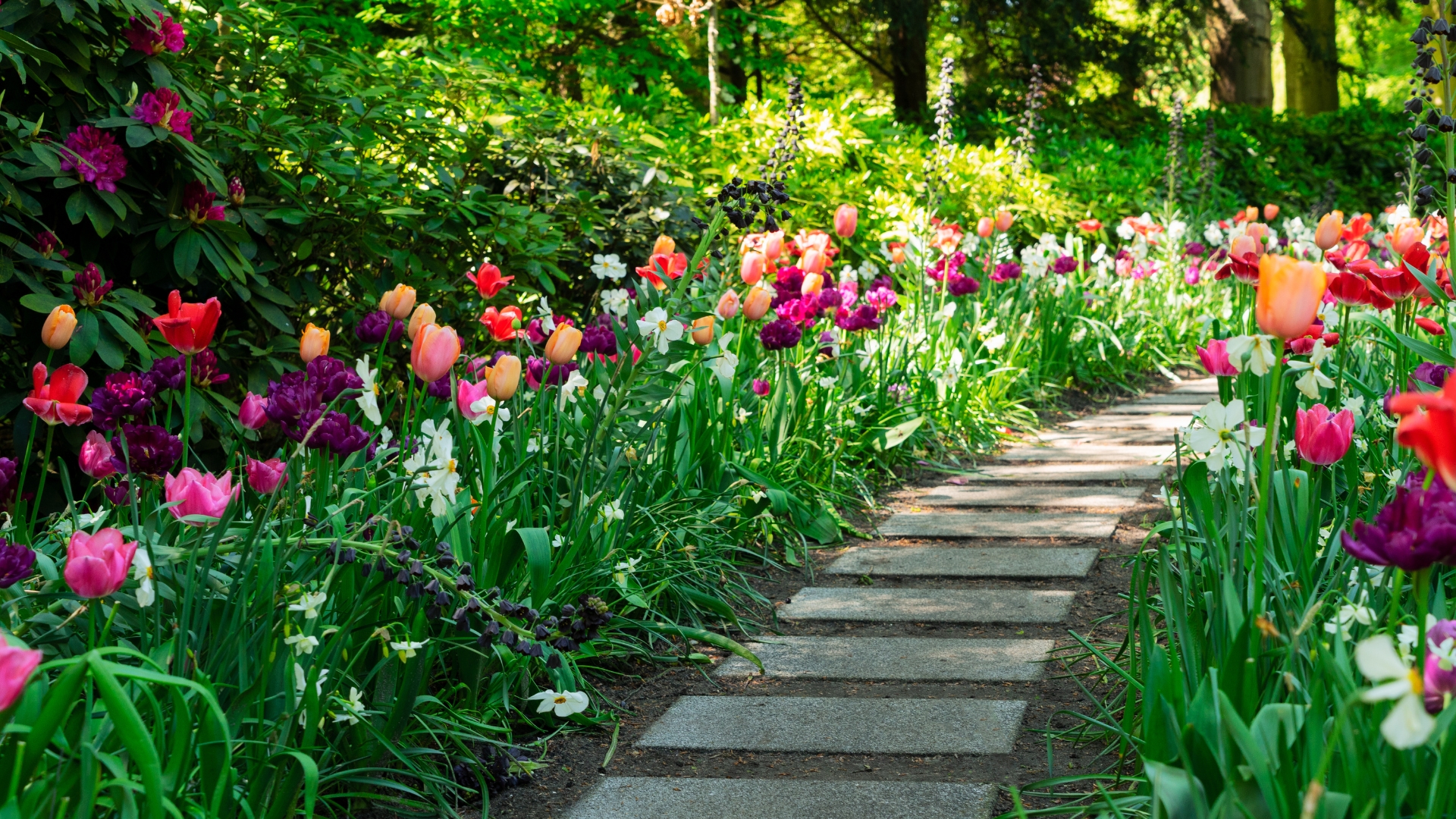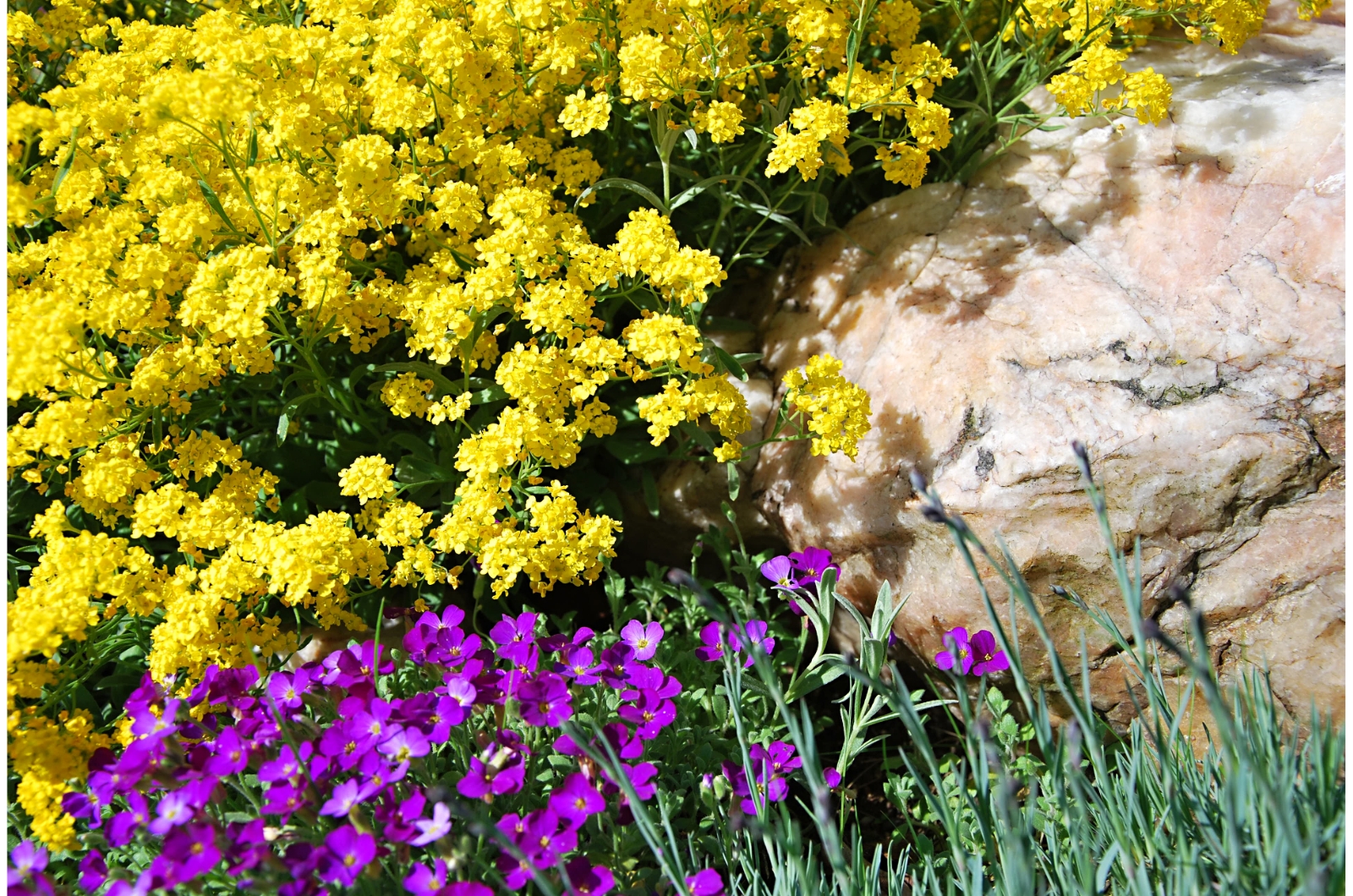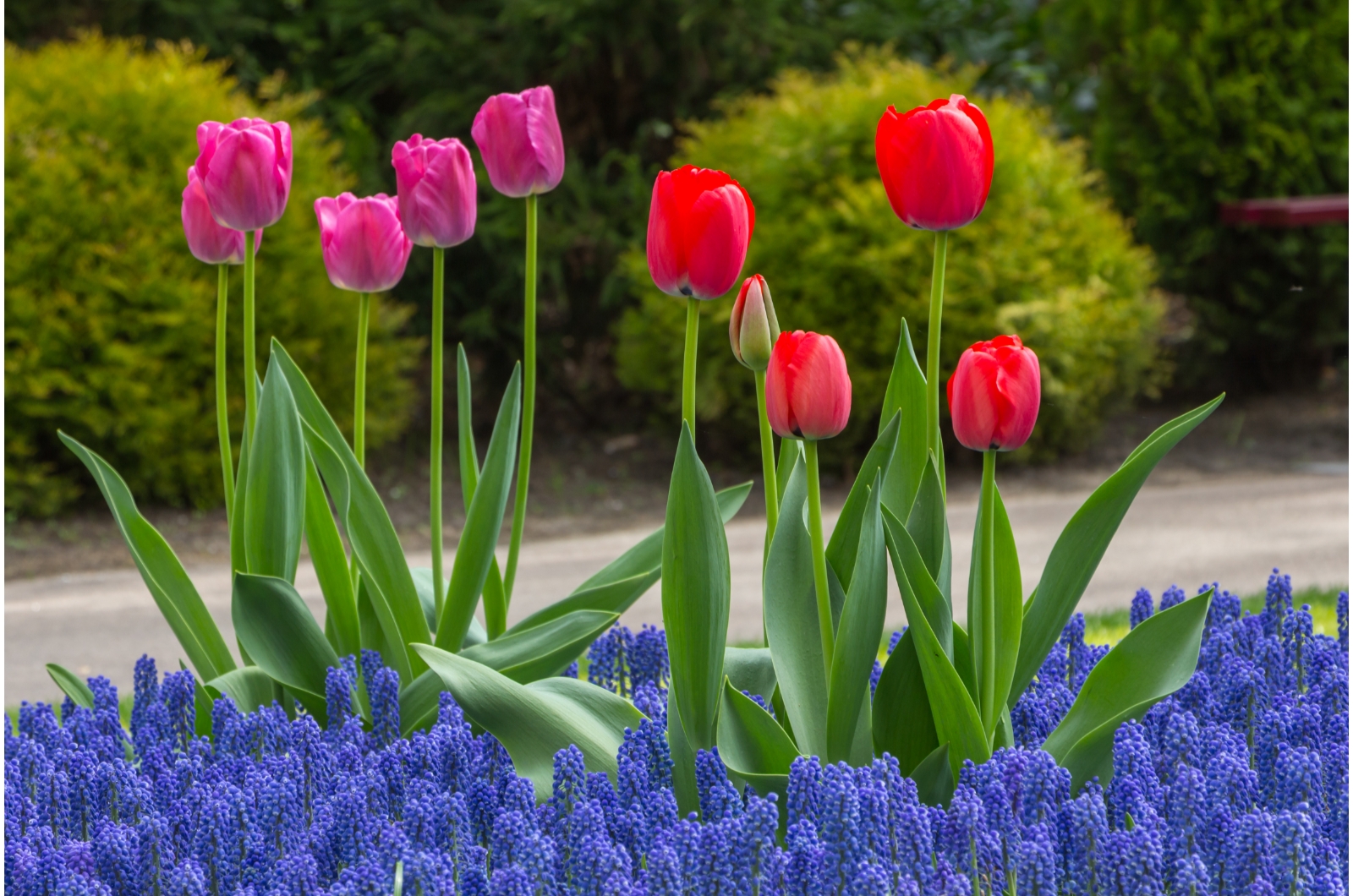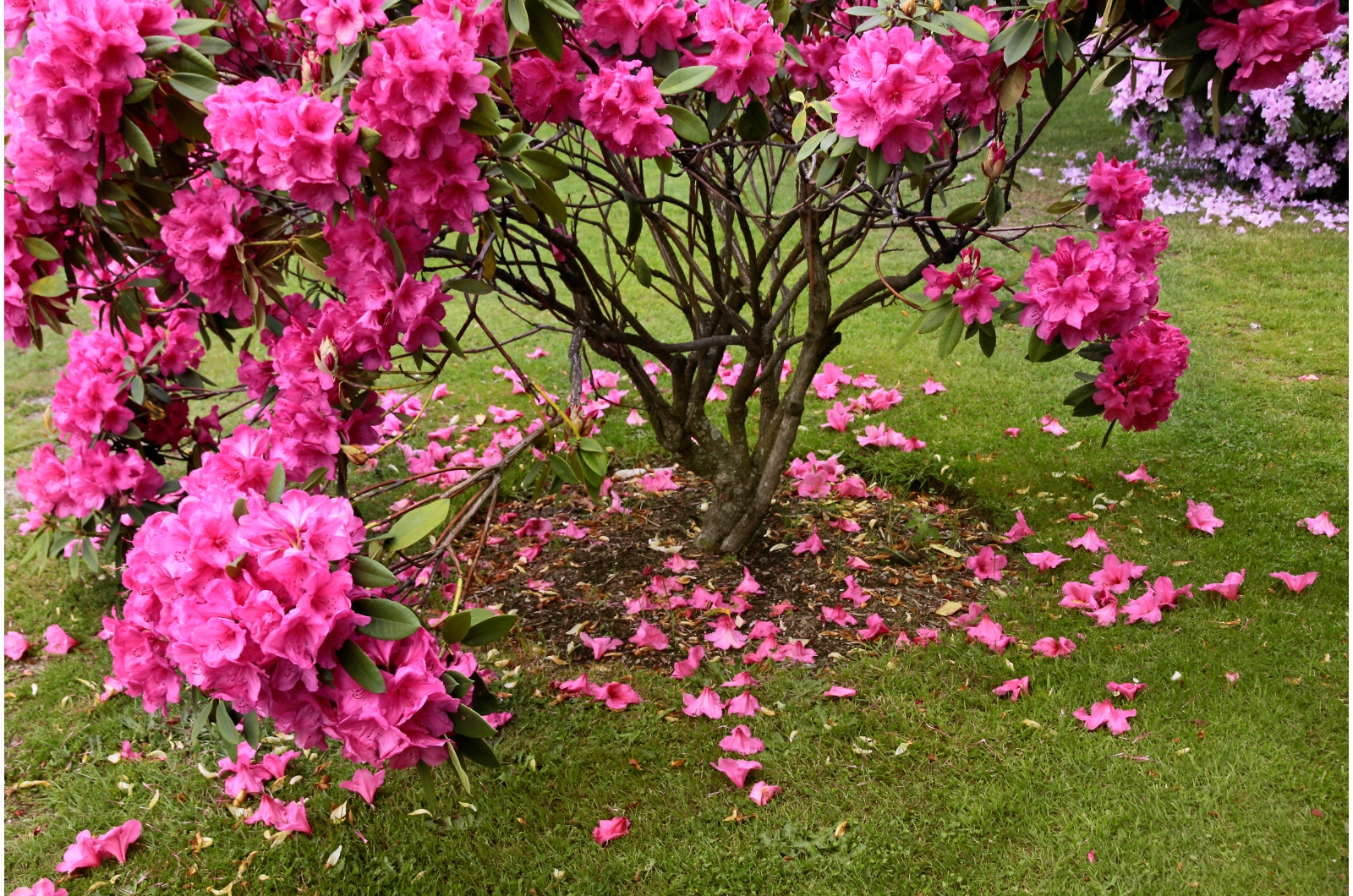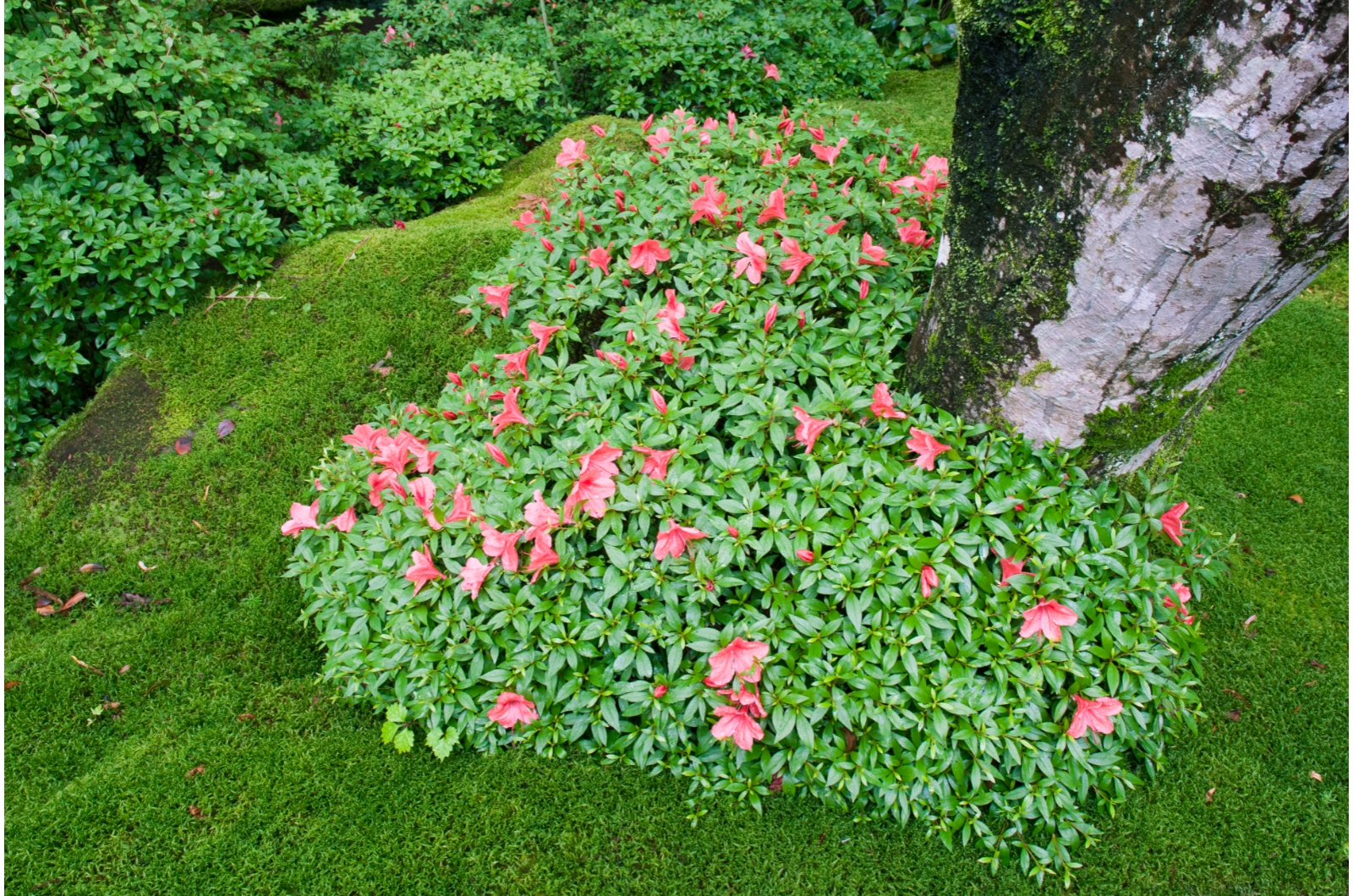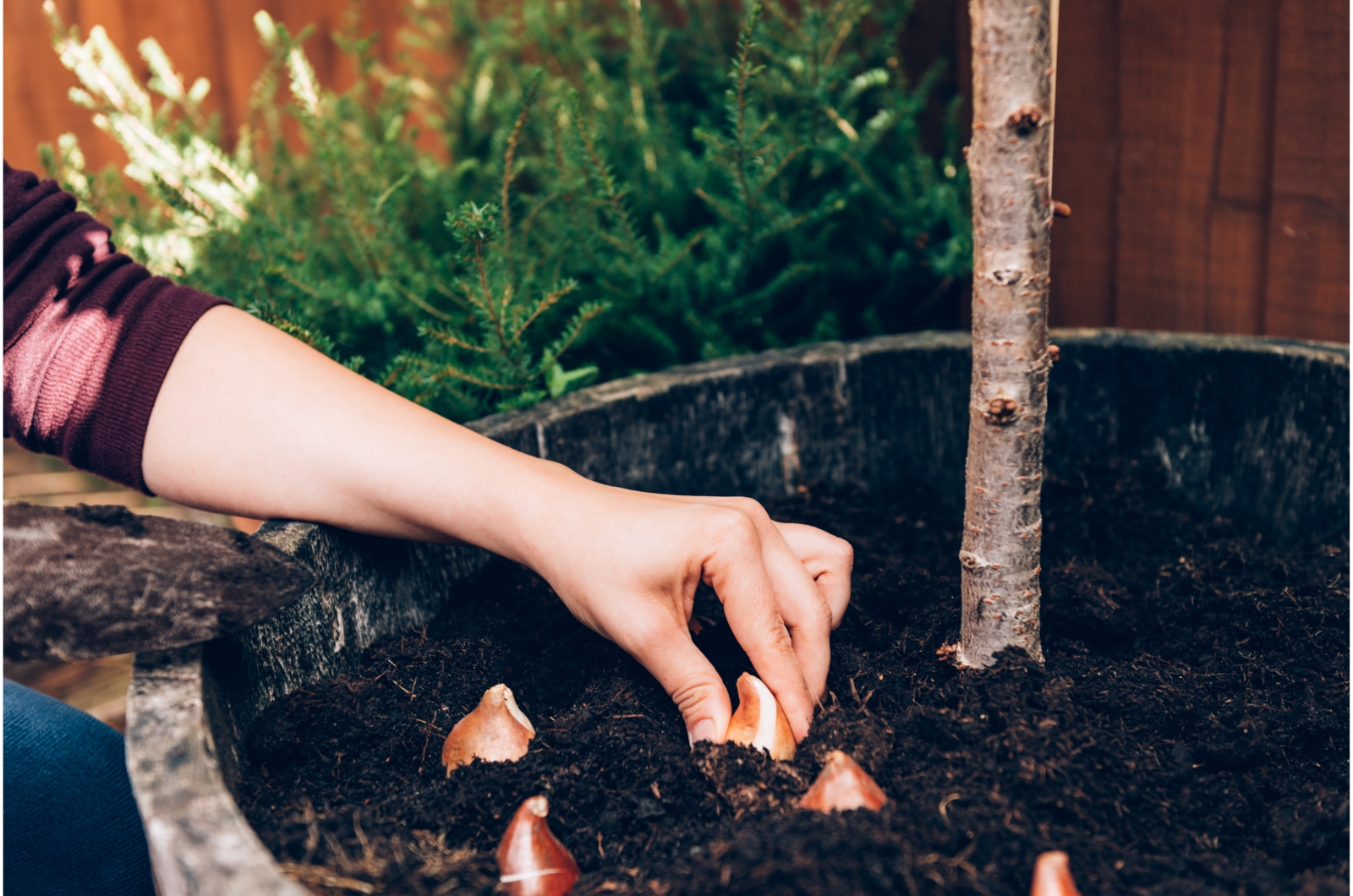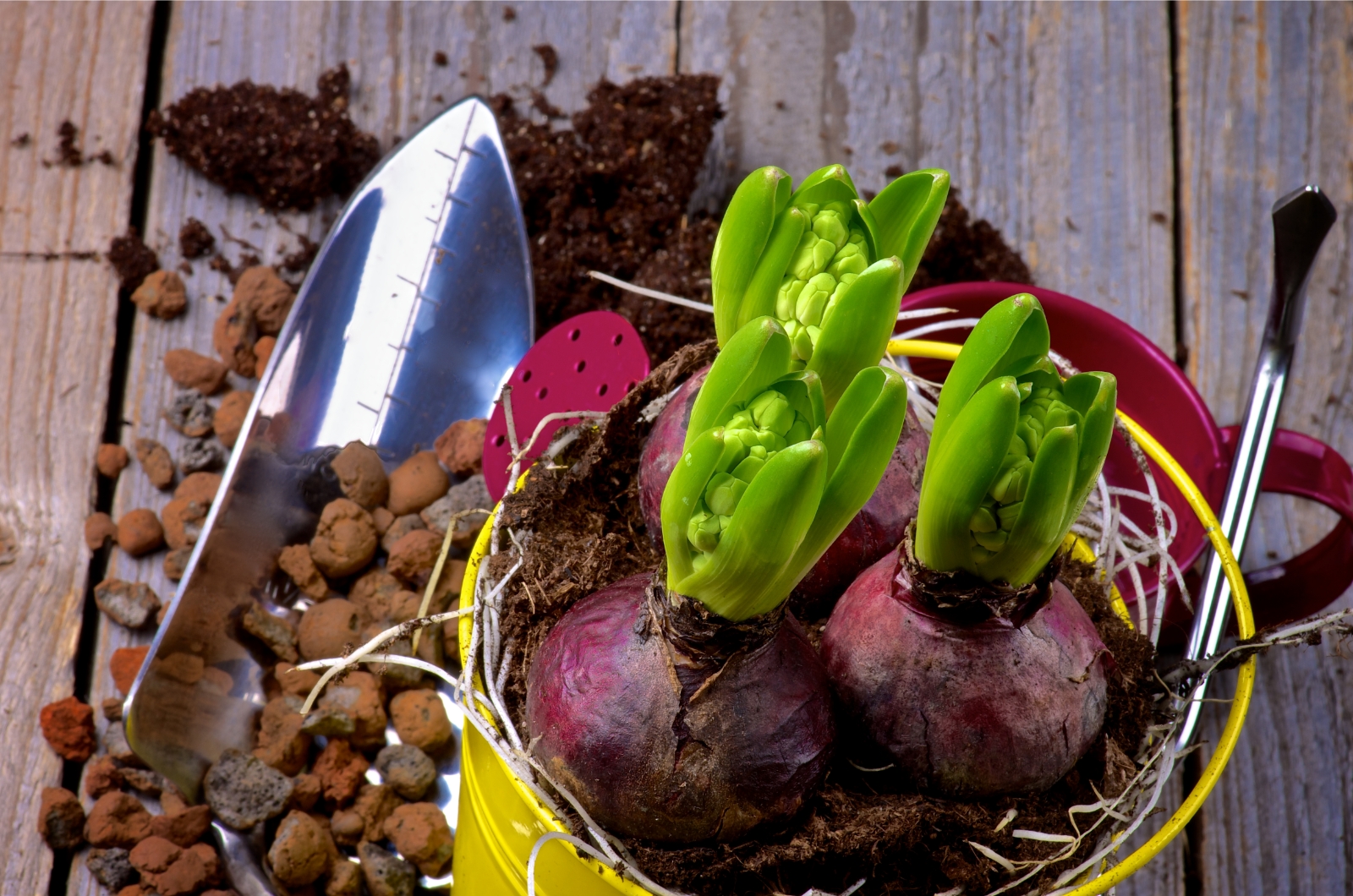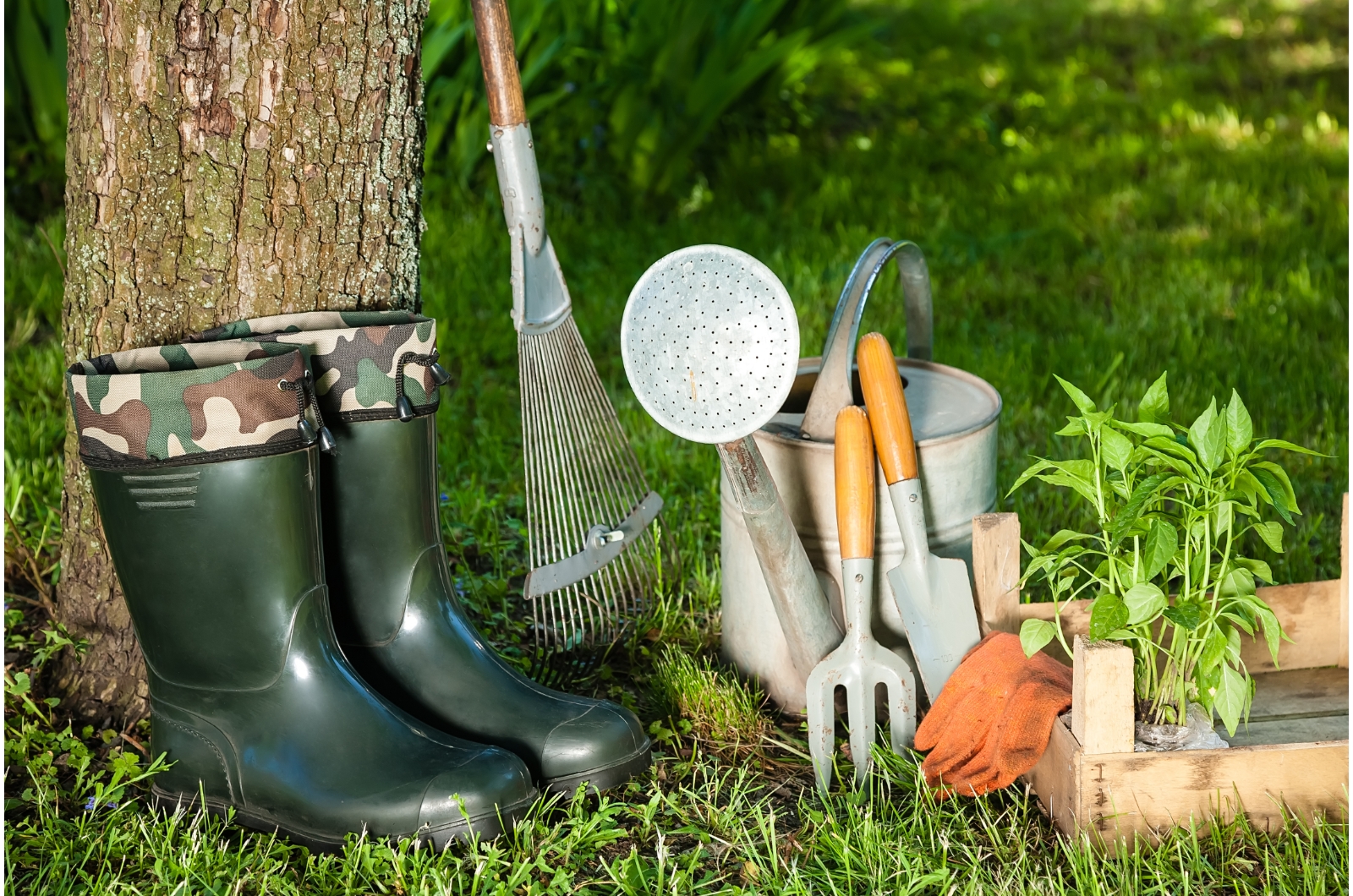Did you know that you can have an exciting spring garden in just a few steps? You’ll end up with a constantly blooming, changing, and growing environment.
There are a few things you need to bear in mind when trying to achieve this. The best starting point is planting a mixture of annuals, perennials, bulbs, and shrubs.
They will ensure you get a vibrant display of color throughout spring. Here are a few tips and tricks that can help you get there this season.
Let’s get started!
#1 Create An Extended Blooming Period
The key to creating a gorgeous spring garden is having an extended blooming period. You can get this by planting a wide range of bulbs, shrubs, annuals, and perennials.
Make sure you have varieties that will flower in early, mid, and late spring. That way, you’ll always have something to admire.
If you only grow one plant in your garden, you’re limited to its blooming season. But if you combine early-flowering snowdrops and crocuses with mid- and late-blooming daffodils, hyacinths, and tulips, you’ll get a burst of color throughout spring.
And don’t be so quick to discard shrubs and annuals. They can create key points in your garden with very little work.
Lilacs, viburnums, azaleas, and rhododendrons are quite low-maintenance. Prune them once a year and they will provide you with a shower of blossoms.
Plant some hellebores, bleeding hearts, and lungworts underneath these bushes, and you’ll end up with an amazing flower bed.
Having a diverse mixture of plants in your spring garden will ensure something blooms almost every day in your front yard. Find the best early spring flowers and tailor your garden to your preferences.
#2 Plant For Continuous Color
Having many different spring-flowering perennials, shrubs, annuals, and bulbs in your garden ensures you have a variety of shades throughout this season.
You can get these plants in virtually any shade, from deep and dark to vibrant and pastel. This allows you to create an amazing color scheme in your garden.
The options are endless! Create a wild garden combining all sorts of colors, go for a monochromatic look, or combine complementary shades and textures.
This will give more depth, dimension, and interest to your landscape without you having to undertake any heavy lifting.
#3 Diversify
Planting a wide range of flowers in your garden not only brings out the best of your landscape, but it also promotes biodiversity.
Different plants attract different pollinators, beneficial bugs, and wildlife. Some plants are great at suppressing weeds, others prevent soil erosion, while some increase your yield.
Let your garden buzz with life and increase your harvest by turning your landscape into a pollinator haven.
We all know that growing lilacs in Colorado isn’t as hard as it used to be. So, who’s stopping you from interplanting these shrubs with tulips, hyacinths, and snapdragons?
That way, you can create a healthy ecosystem and a gorgeous garden!
#4 Create Points Of Interest
There are many easy DIY landscaping ideas that can help you create focal points and centerpieces in your garden.
Sometimes it’s a cool fountain or a birdbath; other times it’s an azalea shrub!
Add a mix of flowers to add visual interest all spring long. Incorporate early, mid, and late bloomers for a dash of color all season long.
Play with sizes and textures. This will add more dimension and depth to your garden, making it more appealing.
A landscape that changes all the time due to different blooming times captivates the eye and draws attention to a specific area you want to highlight.
This makes your garden interesting to you, too! You can roam around it, explore, and each day find a new plant that’s putting out flowers.
#5 Be Creative With Flowers
There’s nothing wrong with having a tulip garden; I welcome the idea! But being creative with your flowers will get you miles ahead.
Consider interplanting your azalea japonica with your favorite bulbs. Experiment with different annuals and perennials, designs, and color schemes.
Create a themed garden. An English cottage garden is a perfect opportunity to plant snapdragons, columbines, and daffodils.
Or you can opt for a butterfly garden that hosts an array of different pollinator-friendly species.
#6 Plant Spring Bulbs In Fall
When I was just starting my gardening journey, I had many questions, like when to plant tulip bulbs or lilac shrubs? Here’s what I gathered!
The key is to plant your spring bulbs in fall so that they have enough time to bloom come spring. All these plants need chilly temperatures to spark their flowering process.
That’s why it’s important to get them into the ground before winter. The good news is that most bulbs you purchase come with planting instructions, so you don’t have to learn them by heart.
Once you start planting, make sure your growing medium is well-draining or else your bulbs will rot. Bury them at a suitable depth, following the instructions on the package.
And if you’ve missed your opportunity to plant these bulbs in fall, don’t despair. You can still purchase plants in full bloom – they will just cost you extra.
Save their bulbs for the next season and enjoy their blossoms for years to come.
Bonus Tip: Supplies You May Need
There are many tools that can help you create the spring garden of your dreams. Here are some of them.
• Use high-quality compost, organic fertilizers, potting mix, garden soil, and pumice when planting.
• A hand-weeding tool is a must. It helps you get into all the nooks and crannies and underneath plant roots. It can help you loosen the soil in your garden and reduce the amount of time you spend weeding.
• A stand-weeding tool is another great option. It can help you clear those thorny bushes from afar.
• Consider getting sharp pruners. You can purchase a couple of them and switch between them.
• Keep some insecticidal soap or horticultural oil in your shed in case you get a pest infestation in your garden.
• Invest in heavy-duty garden supports, stakes, and trellises. They will keep your vining and climbing plants upright and promote healthy growth.

